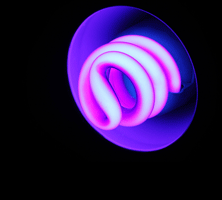Looking to improve your indoor air quality? Then look into air purifier science for ways to deal with a variety of airborne pollutants.
Air purifier science reveals how the air inside our homes is often worse than that outside. While stopping pollutants at the source is the best way to deal with them, you may need extra help from air-cleaning devices.
Have a look at how knowing more about air purifier science can help you make the right choice for cleaning your air. Here are some of the most popular devices for residential air cleaning. You may also find purifiers that combine the technology of some of these products in one device.
Mechanical Filter
Many homeowners choose flimsy fiberglass air filters for their HVAC systems. These are only good for keeping larger particles of dirt out of your system. If you want to clean the air, you'll need dense pleated filters. These trap small particles, including pollen, pet dander, and dust mite particles — the cause of many allergies in the home.
Washable Filter
Washable (or permanent) filters catch particles as they pass through the system with the return air by means of an electrostatic charge. The collection plates must be cleaned according to the manufacturer's instructions.
HEPA Filter
HEPA (High Efficiency Particulate Air) filters are extra dense to catch the finest particles. While you would have to modify your HVAC system to use one, you can buy stand-alone HEPA air purifiers.
Ozone Purifiers
These purifiers clean the air by means of a negative ion that attaches to fine particles. The drawback with this device is that they produce ozone, which can be harmful to those with allergies.
Activated Charcoal
This type of air purifier helps get rid of gases such as cigarette smoke.
UVGI Lights
UVGI (Ultraviolet Germicidal Irradiation) lights are installed inside the HVAC system. They disrupt the DNA of living pollutants such as germs, mildew, and mold.
For more on air purifier science, contact Air Assurance of Broken Arrow.








